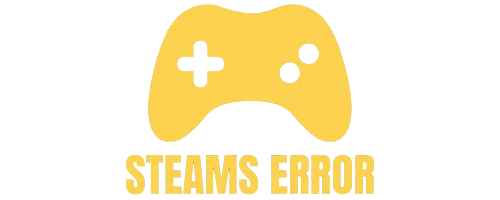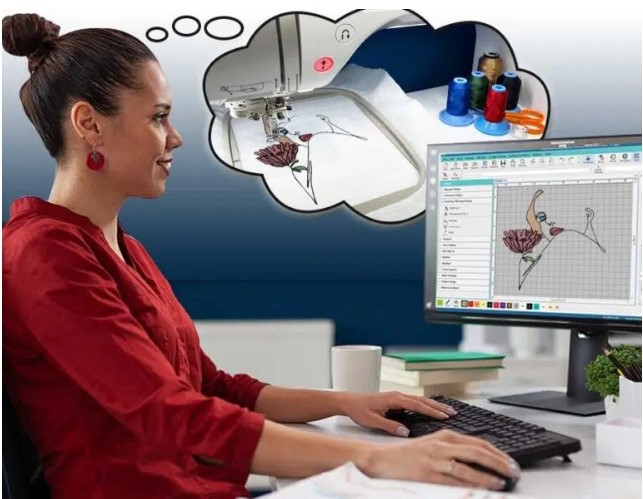Embroidery is more than just needle and thread—it’s about precision, creativity, and getting flawless results every single time. But if your file format isn’t right, your machine won’t stitch the design properly. That’s where free embroidery file conversion without losing stitch quality comes into play. Many tools claim to offer this, but not all deliver the detail and accuracy you need. If you’re serious about maintaining design quality, professional help is often the best choice. That’s why many embroidery enthusiasts and businesses trust Digitizing Buddy, a reliable service known for affordable, accurate, and professional embroidery digitizing solutions.
In this guide, we’ll break down everything you need to know about embroidery file conversion, the best free methods, risks, tips, and how to ensure your designs stitch out perfectly.
Every embroidery machine brand (like Brother, Babylock, Janome, or Bernina) uses its own file format. For example:
- Brother & Babylock machines use PES files
- Janome uses JEF or JAN files
- Bernina uses ART files
- Tajima machines prefer DST files
If your design isn’t in the correct format, your machine won’t recognize it. That’s why conversion is essential—it transforms your design file into the right format for your embroidery machine without affecting stitch quality.
Before diving into conversion, let’s look at some of the most common embroidery formats:
- PES – Brother & Babylock
- DST – Tajima (widely compatible across brands)
- JEF/JAN – Janome
- EXP – Melco & Bernina
- ART – Bernina proprietary
- HUS/VIP/VIP3 – Husqvarna Viking
Knowing your machine’s required format is the first step toward hassle-free embroidery.
This is the big question. Free tools can help convert embroidery files from one format to another, but the results vary. In some cases, free software simply changes the container without adjusting stitch density, trims, or sequencing. This can lead to:
- Broken stitches
- Misaligned designs
- Too much thread trimming
- Distorted artwork
To avoid losing stitch quality, it’s important to use reliable tools or seek professional help for complex designs.
Here are some free or freemium options you can try:
- One of the most popular free embroidery converters.
- Supports formats like PES, JEF, DST, EXP, and more.
- Allows resizing while keeping stitch density intact.
- Open-source embroidery plugin for Inkscape.
- Good for simple conversions and edits.
- Supports multiple embroidery file formats.
- Paid software, but comes with a free trial for conversions.
- User-friendly interface with advanced features.
- Free embroidery file editor and converter.
- Lightweight and easy to use.
- Converts raster images into embroidery files.
- Trial version allows basic conversions for free.
While free tools are convenient, they often come with limitations. Here are some common risks:
- Loss of Stitch Density – Your design may look too loose or too tight.
- Poor Resizing – When resizing, stitches don’t always scale properly.
- Limited Format Support – Some tools only support a handful of file types.
- Software Bugs/Crashes – Open-source or outdated tools may not be stable.
If you’re working on professional embroidery projects or client work, relying on free tools alone can be risky.
Want to avoid stitch issues during conversion? Here are some pro tips:
- Always Keep a Backup – Save the original file before converting.
- Test Stitch on Scrap Fabric – Run a test embroidery before finalizing.
- Check Density Settings – Make sure stitch density isn’t compromised.
- Avoid Excessive Resizing – Try not to resize more than 20% of the original size.
- Use Reliable Software – Choose trusted tools with positive reviews.
If your design is complex, includes fine details, or is for a business logo, relying only on free conversion tools may not cut it. In these cases, professional digitizing services like Digitizing Buddy ensure:
- Proper stitch sequencing
- Balanced density for all fabric types
- Format compatibility with your exact machine
- Zero quality loss during conversion
This way, you get peace of mind knowing your design will stitch out flawlessly.
Yes, but free tools often don’t handle this well. You’ll need digitizing software to create proper stitch paths.
Wilcom TrueSizer is widely trusted for maintaining stitch quality.
Yes. Unless stitch density adjusts automatically, resizing can lead to poor results.
For simple designs, yes. For logos or detailed projects, professional digitizing is better.
Free embroidery file conversion without losing stitch quality is possible—but it requires the right tools and smart practices. Free software like Wilcom TrueSizer and Ink/Stitch can help, but they have their limits. If you’re handling important projects, working with professionals like Digitizing Buddy ensures your designs are not only converted but also optimized for perfect stitching.
At the end of the day, your embroidery machine can only perform as well as the file you feed it. So whether you use a free tool or professional service, make sure your designs are converted properly to achieve beautiful, flawless results.

